The 1966 Oldsmobile Toronado was named Motor Trend magazine’s “Car of the Year.” The winning car housed a 385-horsepower V-8, called the Super Rocket 425, specially engineered with high compression intake valves. The car was called a feat of engineering. It employed front-wheel-drive locomotion, designed with the feel of a rear-wheel-drive.
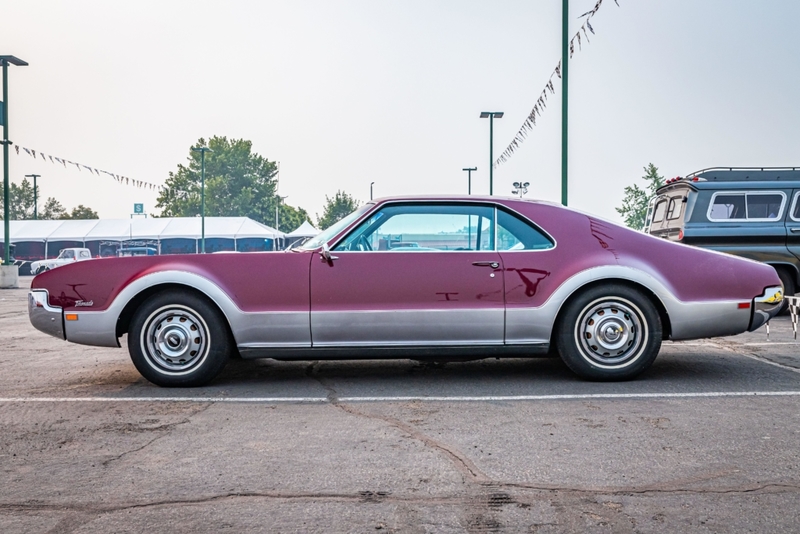
It was Oldsmobile’s most innovative car in almost 70 years. The beast weighed in at 4,800 pounds. As a classic fastback, it sported a long hood and short back, elegant yet minimalistic styling of sloping steel. Inside, a sophisticated, yet clean style opened up to passengers while a sleek dash of instruments was inspired by small Cessna plane altimeters.
1960 Dodge Dart
The 1960 Dodge Dart came about as a remodel on a Plymouth Savoy. The zippier name was selected, and the Dart was introduced in 1960, with a 225 cu. in. 3.7-liter Slant-6. It was offered in coupe or sedan, and with three different trim options, the Seneca, Pioneer or Phoenix.
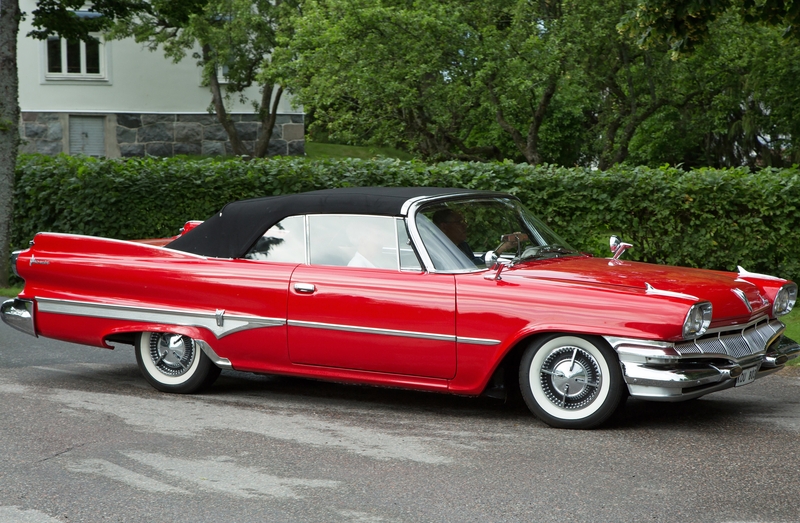
With the Phoenix weighing in at the top of the high end, both that version and the Pioneer came stocked with a heavier, 318 cu. in. 5.2-liter or a 5.9-liter V-8 engine. Only 13 percent of buyers chose the high-end models, but sales were fantastic for the Seneca. The Dart made Dodge competitive with entry-level Chevrolet and Ford sedans.
1969 Triumph TR6
This British classic, made by the iconic motorcycle company, hosted a 2.5-liter straight-6 engine with 150 horsepower, capable of a top speed of 120 mph. However, the US version toned down the 4-speed manual TR6 with a carbureted engine to comply with emission regulation. Triumph Motors was a subsidiary of British Leyland, and thereby shared the stage with the likes of Jaguar and MG.
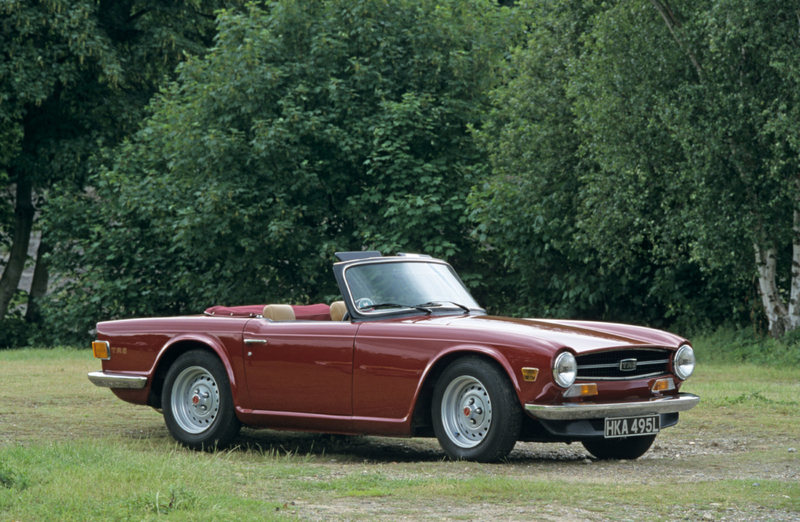
The speedy 2-seater Triumph TR6 was only offered as a convertible. How else? It was elegant inside and out. A very pretty dash of polished hardwood stretched across, spread with instrumentation. The car was manufactured until 1976 and remains a classic.
1961 Lincoln Continental
In 1961, the Lincoln Continental broke the mold. Nothing was wrong with its high-quality performance. In fact, its mechanical prowess delivered customers a 24,000-mile warranty, unheard of in the 1960s. But everything about its appearance changed in 1961. In contrast with its 1960 predecessor, the new Lincoln was shorter, lower and more streamlined.
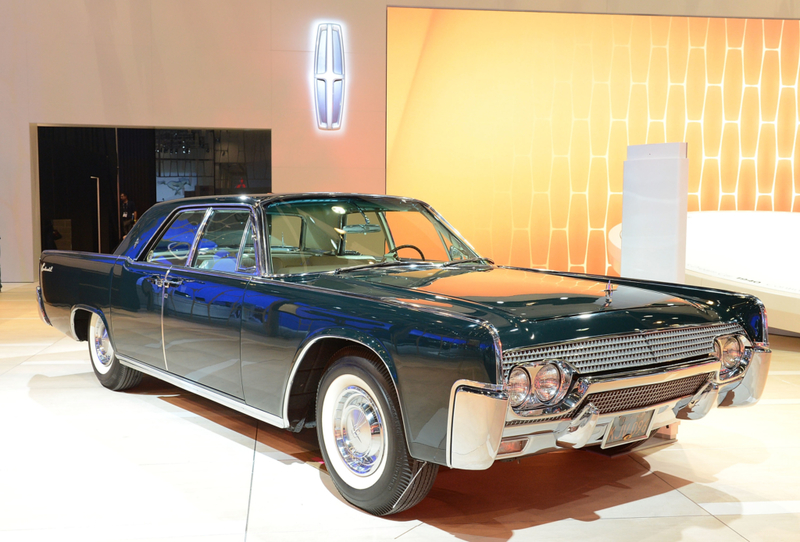
Gone were the old-fashioned ’50s fins and swollen chrome trim revealing a sleek uncluttered, classy version of the distinguished vehicle. The Lincoln Continental had been conceived by Lincoln Motor Co. as “the world’s finest motor car,” a luxury convertible since its inception in 1939. By 1921, it fell into Ford’s hands. In 1961, it reclaimed its former glory.
1969 Chevrolet Camaro
To appear as badass as the ’68 Charger, Chevy muscled-up the ’69 Camaro with a flatter, wider and more fearsome look. Formidably shaped sheet metal lines confronted the observer with an imposing new grille design intensified by inset headlamps. It worked! The 1969 Chevrolet Camaro was its most popular model, selling almost 700,000 units.
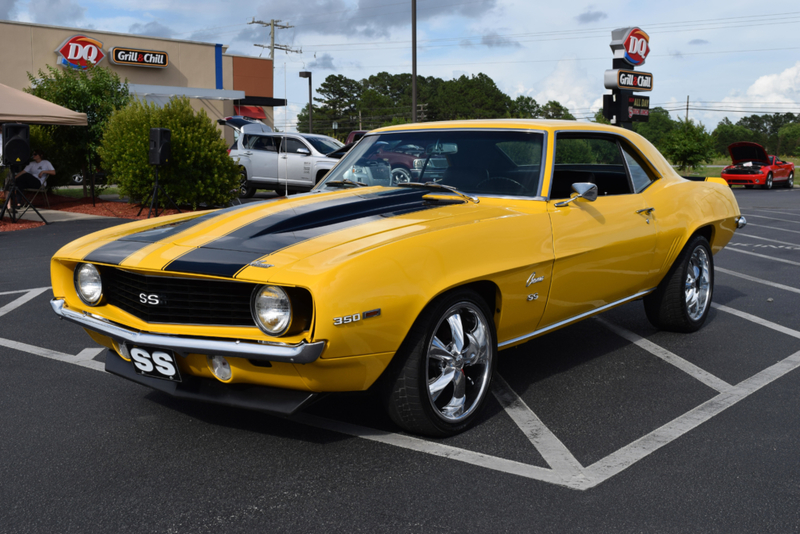
The Sports Coupe offered bucket seats and carpeting, but the SuperSport hosted raw power, a specialized 3-speed tranny and professional sports striping. An upgrade to the Z/28 was a cut above. Dual exhausts, heavy-duty radiator, specialized suspension, quick-ratio steering, and large rally wheels set it up for competitive racing, whether on the streets or the track. On top of that, a Rally Sport option offered hidden headlights. Sweet stripes and wheels, special racing seats, and plush carpeting.